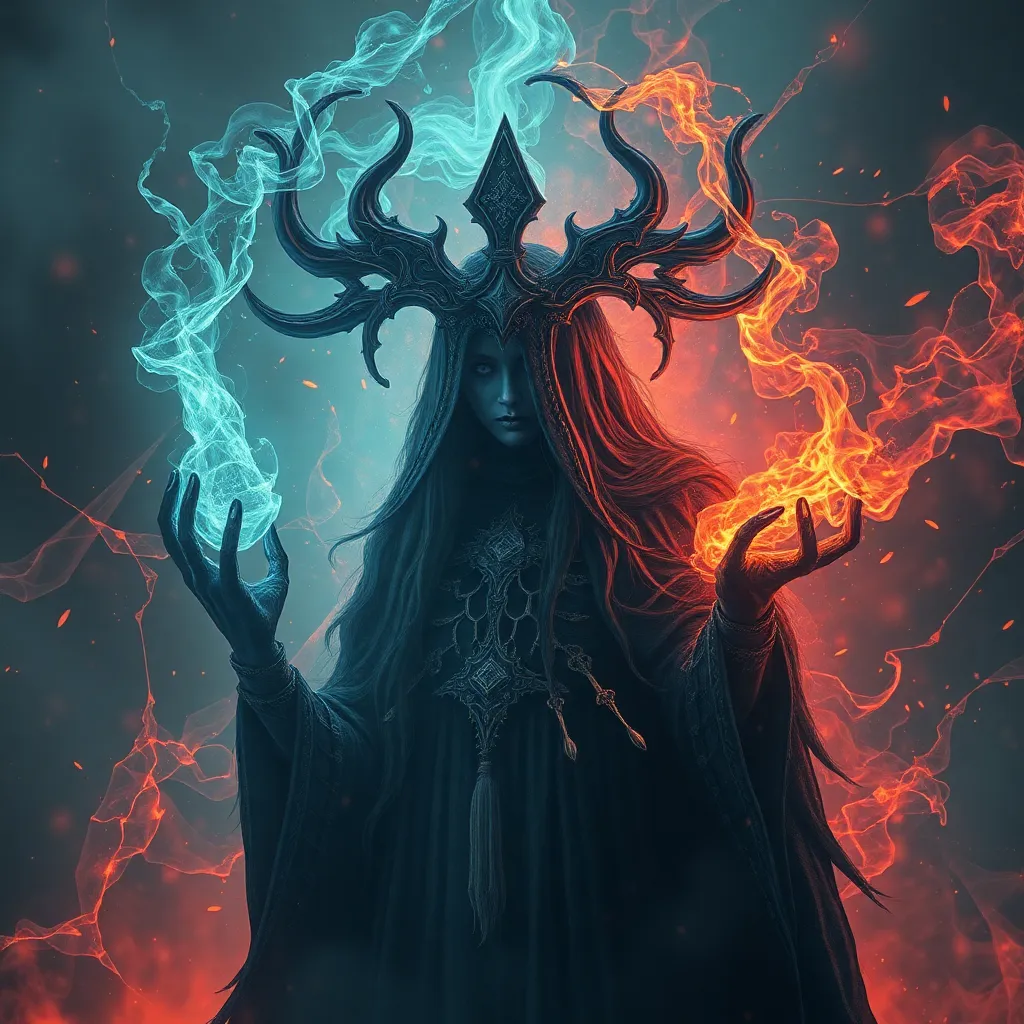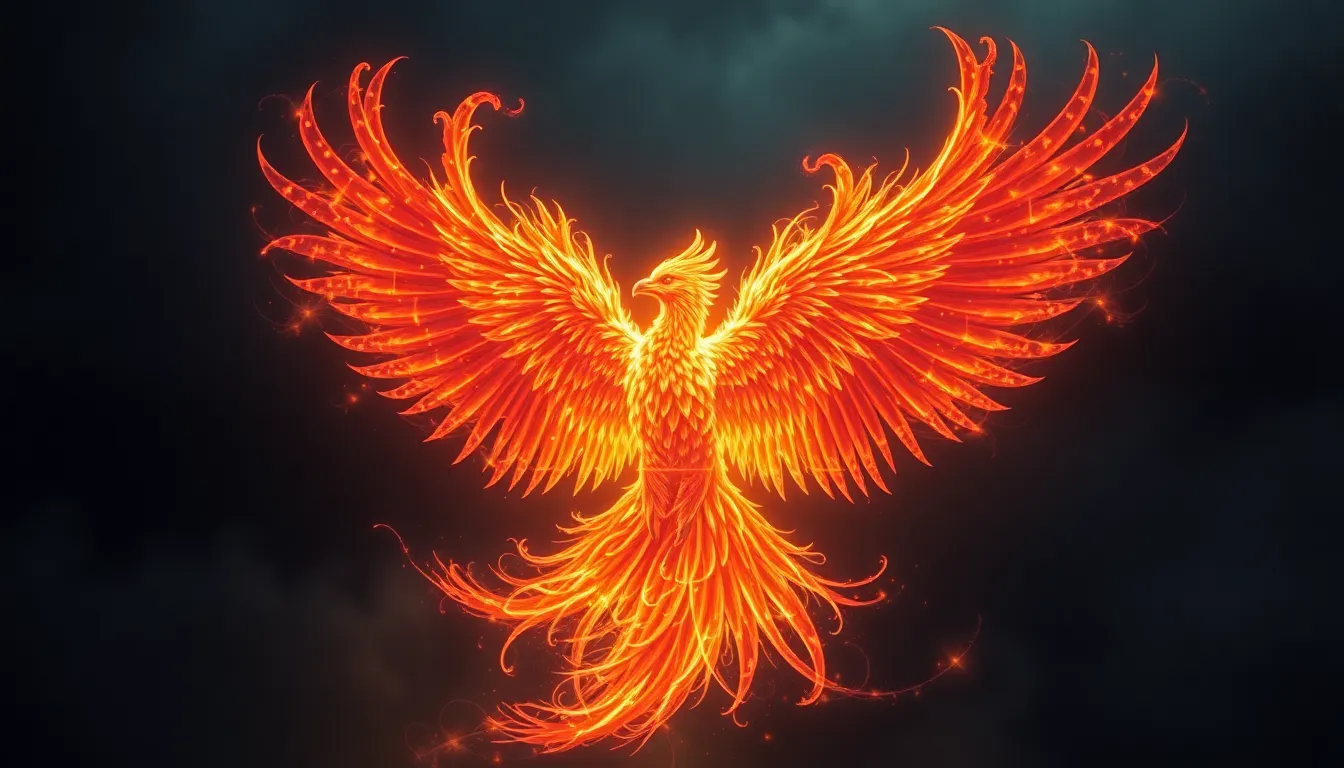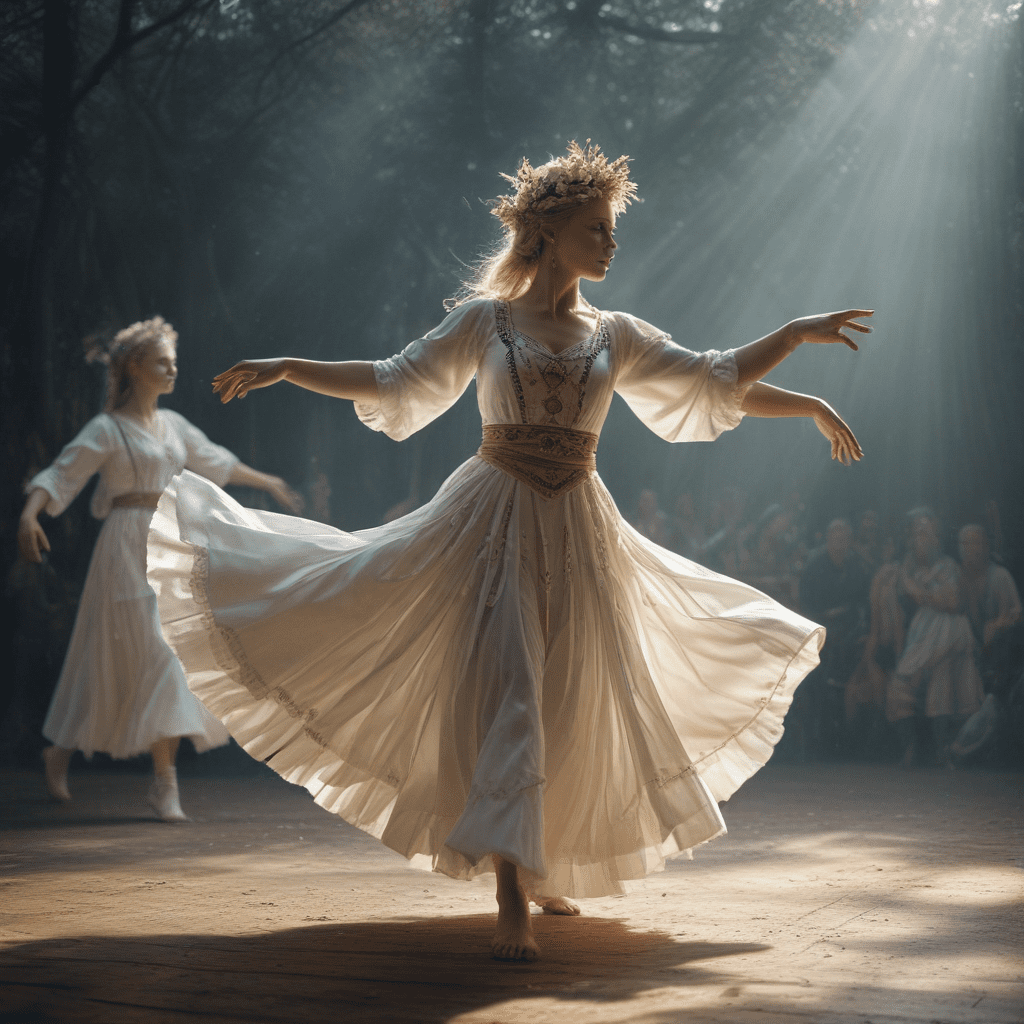Huldra and the Supernatural: Exploring the Spirit’s Connection to the Otherworldly
I. Introduction to Huldra
The Huldra is a captivating figure in Scandinavian folklore, embodying the complexities of nature and the supernatural. Traditionally depicted as a beautiful woman with a hidden tail, the Huldra is a symbol of the mysterious forces that lie beyond human understanding.
The origins of the Huldra myth can be traced back to Norse mythology and pre-Christian beliefs, where she was often associated with forests, fertility, and the spirit world. As a mythical being, the Huldra has been referenced in various tales, reflecting her significance in cultural narratives surrounding nature and the unknown.
II. The Characteristics of Huldra
A. Physical description and traits
The Huldra is typically described as an enchanting woman with long, flowing hair and an ethereal beauty that captivates those who encounter her. However, her most distinctive feature is the cow’s tail, which is often concealed beneath her garments. This tail serves as a reminder of her connection to the natural world and her duality as both enchanting and otherworldly.
B. Symbolism of the Huldra’s beauty and allure
The beauty of the Huldra symbolizes the allure of nature itself—captivating yet potentially dangerous. Her enchanting presence can draw individuals into the forest, where they may become lost or ensnared by her magical powers.
C. The role of the cow’s tail in Huldra mythology
The cow’s tail represents the Huldra’s connection to livestock and the agrarian lifestyle of Scandinavian communities. In many tales, this tail serves as a symbol of her true identity; revealing it can lead to a profound realization of her nature, often with dire consequences for the unknowing human.
III. Huldra in Folklore and Mythology
A. Variations of the Huldra across different cultures
While the Huldra is primarily associated with Scandinavian folklore, similar beings exist in various cultures, such as the Slavic Rusalka or the Irish Selkie. Each of these entities shares characteristics of beauty, allure, and a connection to the water or woods, demonstrating a universal fascination with nature spirits.
B. Notable tales and legends involving the Huldra
- The Tale of the Huldra and the Farmer: A common story involves a farmer who encounters a Huldra and is enchanted by her beauty. However, when he discovers her true nature, he must confront the consequences of his actions.
- The Huldra’s Song: This legend speaks of a haunting song that lures men into the forest, never to return, highlighting the dangers of succumbing to temptation.
C. The moral and cautionary tales associated with Huldra encounters
Many stories featuring the Huldra serve as cautionary tales, warning against the dangers of straying too far from the path or giving in to temptation. These narratives reflect societal beliefs about nature’s unpredictability and the importance of respecting the boundaries between the human and spirit worlds.
IV. The Connection to the Otherworldly
A. Huldra as a bridge between the human and spirit worlds
The Huldra embodies the connection between the human realm and the otherworldly. Her presence in the forests serves as a reminder of the unseen forces that govern nature and the balance between humanity and the supernatural.
B. The concept of the “hidden folk” in Scandinavian beliefs
In Scandinavian folklore, the Huldra is often categorized as one of the “hidden folk,” supernatural beings that dwell in the wilderness and are seldom seen by humans. These beings are believed to possess magical powers and are known to interact with humans in various ways, both benevolent and malevolent.
C. Huldra’s role in nature and the supernatural ecosystem
The Huldra is considered a guardian of the forest, embodying the spirit of nature itself. Her role in the ecosystem reflects a deep respect for the natural world, where she is seen as both protector and seducer, intertwining the concepts of preservation and danger.
V. Huldra’s Influence on Modern Culture
A. Representation in literature, film, and art
In contemporary culture, the Huldra has found a new life in literature, film, and art. Authors and filmmakers have drawn inspiration from her enchanting qualities, often portraying her as a symbol of nature’s mystique and the allure of the unknown.
B. Contemporary interpretations and adaptations of Huldra
Modern interpretations of the Huldra often explore themes of feminism, nature, and the supernatural. These adaptations showcase her as a complex character, reflecting contemporary societal issues while maintaining her roots in folklore.
C. The Huldra’s resurgence in popular culture and media
With the rise of fantasy genres in media, the Huldra has experienced a resurgence in popularity. From books to television shows, her character has become emblematic of the fascination with mythical beings and the deeper connections between humanity and the natural world.
VI. Comparative Analysis with Other Mythical Beings
A. Similarities between Huldra and other nature spirits
The Huldra shares similarities with various nature spirits across cultures, such as the Japanese Yuki-onna and the Celtic Faeries. All of these beings possess enchanting beauty and a connection to the natural world, often serving as both protectors and temptresses.
B. Differences in cultural significance and portrayal
While many nature spirits share common traits, the cultural significance of the Huldra differs in its portrayal of femininity and nature. In Scandinavian folklore, the Huldra is often depicted as a complex character, embodying both nurturing and destructive qualities.
C. The impact of regional folklore on the perception of Huldra
The perception of the Huldra is influenced by regional folklore and cultural narratives, which shape how she is viewed in various contexts. These differences highlight the rich tapestry of myth surrounding nature spirits and their roles in human society.
VII. The Psychological and Sociocultural Aspects
A. The Huldra as a symbol of femininity and nature
The Huldra serves as a powerful symbol of femininity and the natural world, representing the duality of creation and destruction inherent in nature. She embodies the complexities of female identity and the relationship between women and the environment.
B. Exploration of fear and fascination in human encounters with the supernatural
Encounters with the Huldra provoke a mix of fear and fascination, reflecting humanity’s complex relationship with the unknown. These experiences often prompt individuals to confront their own beliefs about nature, beauty, and the supernatural.
C. The role of Huldra in shaping community beliefs and values
The Huldra has played a significant role in shaping community beliefs about nature and the supernatural. Her stories serve as a means to communicate moral lessons and cultural values, emphasizing the importance of respecting the natural world.
VIII. Conclusion
The Huldra’s significance in folklore and the supernatural is profound, serving as a bridge between the human experience and the otherworldly realm. Her enchanting nature and complex character continue to resonate in contemporary society, reflecting our ongoing fascination with the mysteries of nature.
As we explore the interplay between myth and reality, the Huldra remains a powerful reminder of the complexities of existence and the unseen forces that shape our lives. In an ever-evolving world, the stories of the Huldra and her kin remind us to respect the boundaries between humanity and the wild, and to embrace the wonders of the otherworldly.




